Indie developer Alien Pixel Studios recently revealed a trailer and some gameplay details for its upcoming puzzle-platformer Unbound: Worlds Apart. Unbound doesn’t have a solid release date yet, but Alien Pixel is launching a Kickstarter campaign May 7 to help fund the game’s final stretches.
Along with the campaign is Unbound’s first playable demo, and I had a chance to get to grips with it recently to see how the game’s coming along. It’s coming along quite well, really.
Darkness and Mystery
When I spoke with game engineer Sergiu Craitoiu last month, he mentioned the demo would give players an idea of the story behind main character Soli’s adventure. And it does, just enough that you want to learn what happens next.
Soli and his people possess a special ability to open portals to another dimension. Something goes terribly wrong, though, and they unleash some kind of monstrosity that decimates the surrounding area with fire and starts Soli off on his adventure.
It soon becomes clear that Soli and co. don’t fully understand their world, including what they unleashed and what some of the other effects associated with that are; the player learns about Soli’s world along with him. Using a viewpoint like that are always helpful in pushing you forward to find out more, and it works here too.
Whether that adventure leads to vengeance or restoration remains to be seen, and it gives a nice air of uncertainty to everything Soli does — so far, at least.
The world Soli inhabits is engaging as well, even without a lot of interaction and dialogue. There are gateways here and there that negate Soli’s powers or alter them in some way — reversing gravity when portals are open, for example.
It adds a layer of mystery to the whole affair, though of course, it’s entirely possible there’s no story significance whatsoever, and it’s just a gameplay mechanic.
The more intriguing part is how the portals that lead to the destruction of Soli’s home are the same portals you use throughout the game. I don’t know at this point if the plot will add to that in any way, but so far it comes across as an interesting commentary about power and using it wisely.
The Other Side
Unbound‘s primary mechanic is Soli’s ability to open small portals that warp reality in a sphere around him. This is something you’ll use constantly, whether it’s to reveal hidden platforms, get past enemies, or completely bypass obstacles. Simple as it sounds, it’s not always easy to use.
As mentioned, the sphere’s range is limited. If you’re trying to move past, say, a large body of water (as with all good game heroes, Soli dies in water), activating the sphere only protects you from a small section of it. You then have to figure out the best way to move forward from there.
Often there’s some sort of obstacle barring you from easily jumping forward and chucking your handy sphere out again, or an enemy that seems tiny in the normal world will expand within the sphere to take up the safe area you need to walk on.
Many puzzles require you to quickly dispel the sphere and then activate it again, or you’ll have to open it at just the right spot.
As you would imagine, Soli dies a lot. It only takes one hit to die. If the traps and water don’t get you, that enemy you didn’t realize was going to attack as soon as you entered the portal (or the block that turned into an enemy) will.
The game world isn’t divided into rooms like Celeste, but there’s a checkpoint right before each new puzzle. That means death doesn’t set you back by much, fortunately.
Platforming
The puzzles all rely on platforming elements, and Soli controls very well. Jump height and length are dependent on how long you hold the spacebar down, and it’s pretty easy to predict where Soli will land.
There’s also no floaty-ness to the jumps, which is particularly good given how precise most of the jumps and landing need to be.
That precision isn’t usually a big deal, as platforms tend to be big enough to find an easy landing point. There are, however, a few points where sphere placement to reveal a platform or bypass an obstacle relies a bit too much on hair-breadth precision. These aren’t too common, though.
The world of Unbound contains a fair few secrets for you to discover as well. These secrets are aptly titled “Secret Areas,” and they’re off the beaten path, meaning you’re rewarded for finding every nook and cranny (which is nice, since some of them aren’t the easiest to get to).
What purpose these serve or benefits they might provide remains its own mystery, though: The NPC in the first one glitched out with an empty speech box, and the second disappeared after speaking.
These could just be the placeholders mentioned in the game’s starting screen, but it’s nice to see there will be some sort of reward for curious and adept players.
Questing
The demo gives you a quest to fulfill as well, in the form of gathering keys to open a door behind which lies some mysterious and unknown power. It’s fairly standard, but the process by which you acquire the items and the puzzles you must solve along the way certainly keep it from being stale.
Presumably, these sorts of quests will be fairly common throughout the game, and Craitoiu mentioned not all of them are mandatory either; but they do appear to be plentiful.
Lookin’ Good
One of Unbound‘s big draws is its art style. Alien Pixel has done a fantastic job creating a dark world that still manages to come across as lush and colorful. Part of that is down to the richness of the color palette on whole, with plenty of smooth earth tones and warm colors balanced by some cooler greens and blues where appropriate, often in the background.
The other dimension inverts this with a mostly monotone appearance, relying primarily on one much darker or faded color and adding a heavier visual effect to almost everything except Soli.
The audio isn’t too prominent, which is good and bad. Some more ambience wouldn’t be amiss, though the lack of it does help emphasize the gameplay more.
Unbound has four options to adjust graphics and display: Epic, High, Medium, and Low. It was pretty difficult to notice any major difference between them, though it also seems like it only recognized Epic and Medium as well at this point.
One issue noted was that Epic graphical quality created an odd blur effect in the other dimension and made it difficult to track Soli or see objects and platforms.
Bugged Out
Before you get to the start screen, Alien Pixel gives you a heads-up that this is still a game in development and to ignore bugs. It’s good the devs recognize there are issues, and the purpose of this preview isn’t to say how buggy the game is. However, you should be aware that heads-up is there for a reason, because there are a few issues to iron out.
The NPC issue mentioned earlier is one of them. If you talk to the secret character right after the water jumping puzzle, you’ll have to restart the game from the nearest checkpoint because the speech box never fills, so it won’t recognize pressing Control to advance the dialogue. In other words, it’s stuck on endless blank.
A more concerning issue is with jumping and platforms.
At times, the game seems to not recognize Soli’s position in relation to other objects, like stone overhangs. Where you should be clear to jump a bit higher, because there’s no obstacle, Soli’s jump is still very low and limited.
It makes reaching platforms more difficult than it should be, plus it’s a bit of a nightmare trying to cast the sphere in a different location. Soli’s low jump means he doesn’t clear whatever deathtrap is underneath him as well, and it’s easier to die on accident.
There were also several instances where Soli would phase right through platforms. Sometimes, it was when he landed (should have landed) near the edge, but other times, Soli went right through the middle.
I found holding the spacebar down during the jump mitigated the issue on occasion. Still, it was a bit of a bummer making a required leap of faith and getting the sphere cast just right, only to fall through the middle of the platform and have to start the sequence over again — and again.
Even on the medium graphic setting, where everything ran perfectly, there was some graphical lag from time to time, mostly when casting the sphere. There didn’t seem to be any pattern to it or specific places where it would lag, though. That’s definitely not a good thing, since precision timing is a must for many puzzles.
—
Looking Ahead
All in all, Unbound: Worlds Apart looks set to be a strong offering from Alien Pixel Studios. Recognized bugs aside, the entire package is charming, challenging, and compelling, with an excellent balance between puzzle solving and visual storytelling.
I’m left eagerly awaiting the game’s launch date sometime this summer.


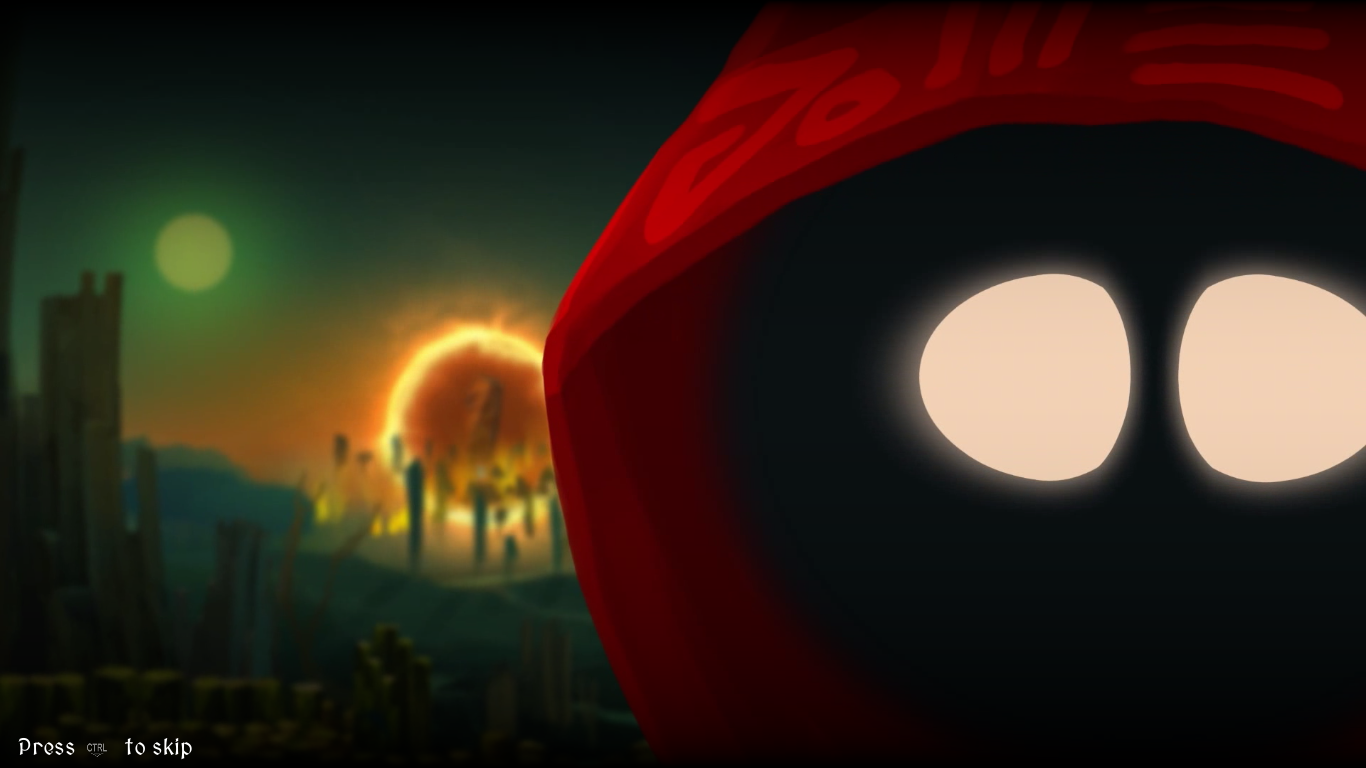
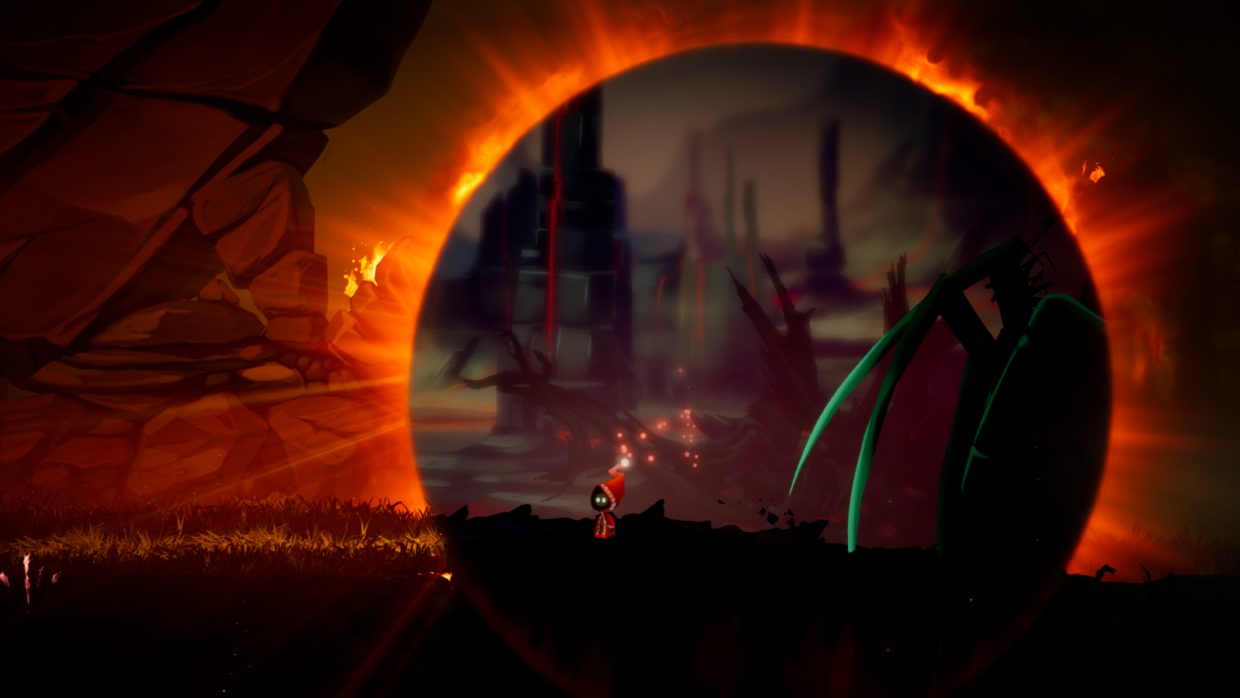
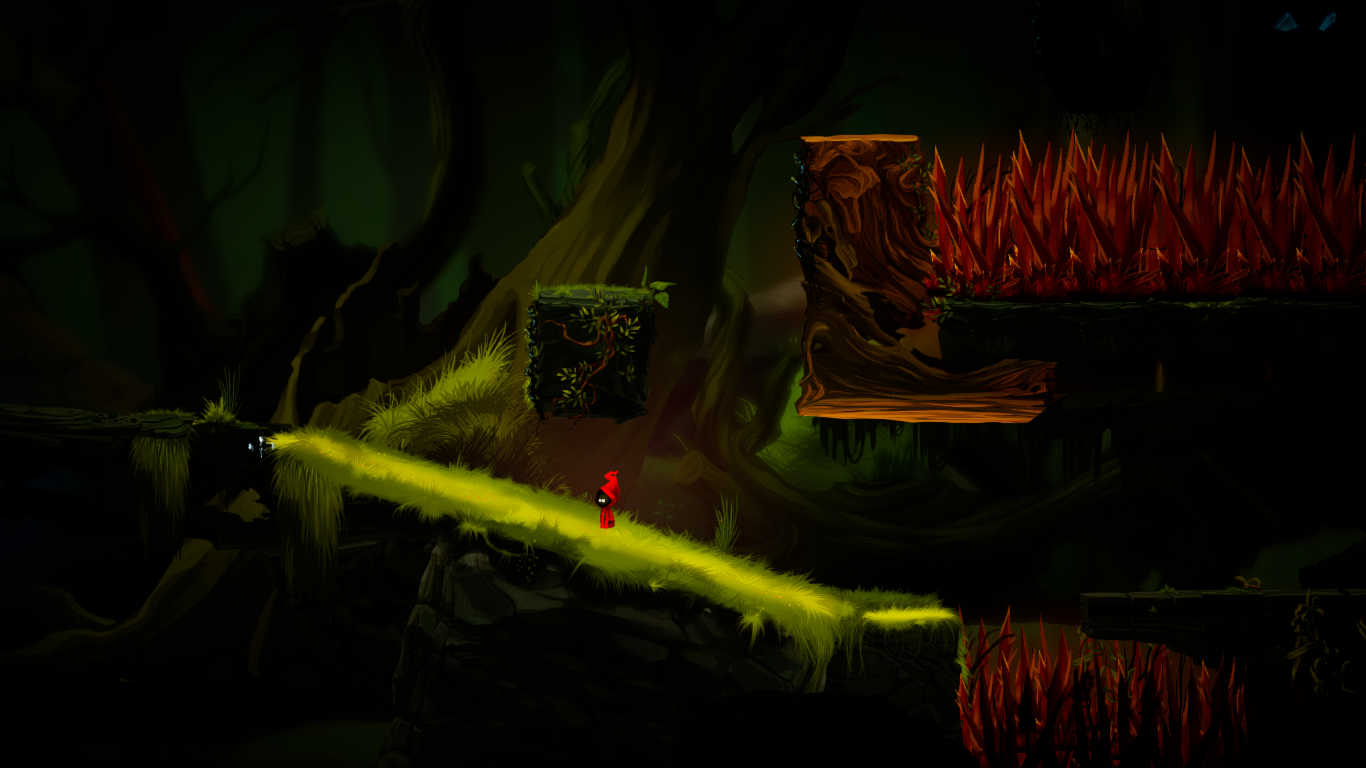
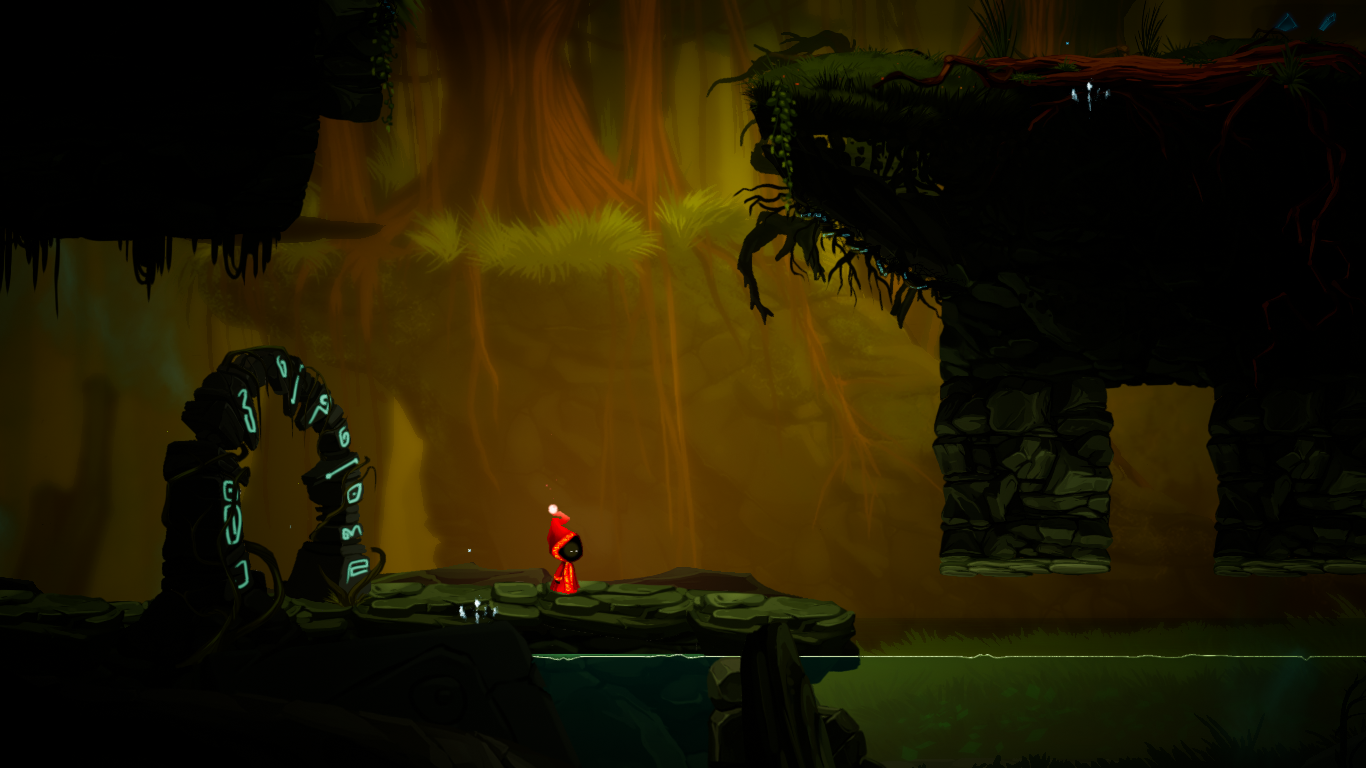





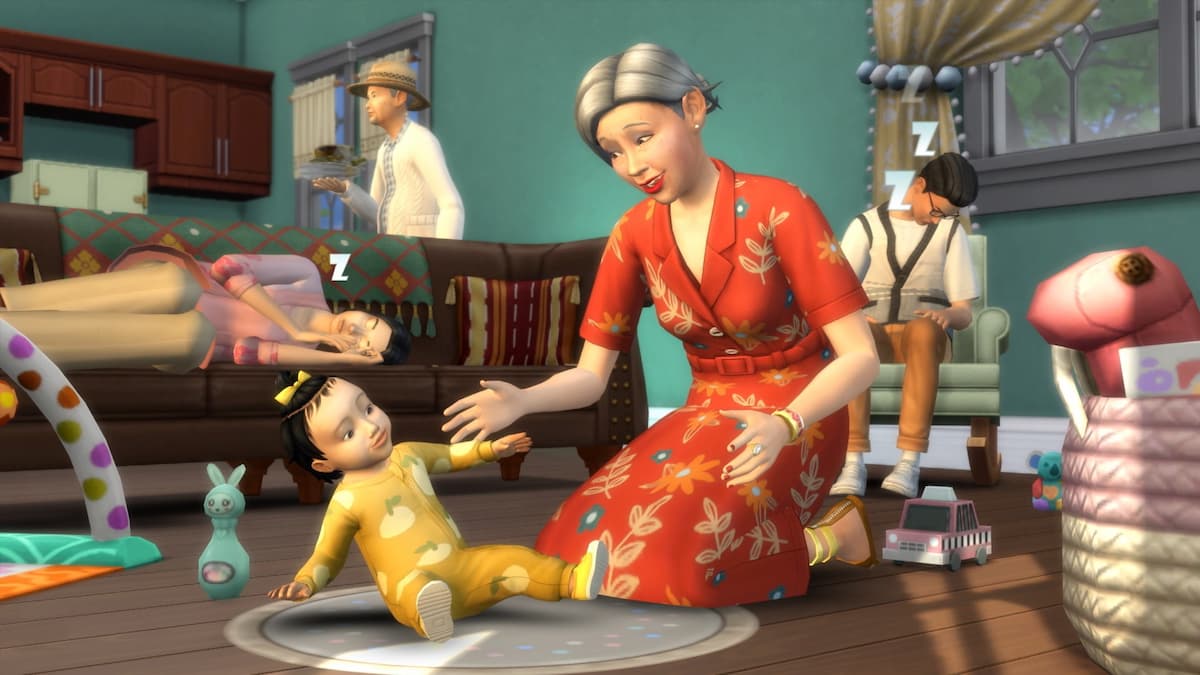
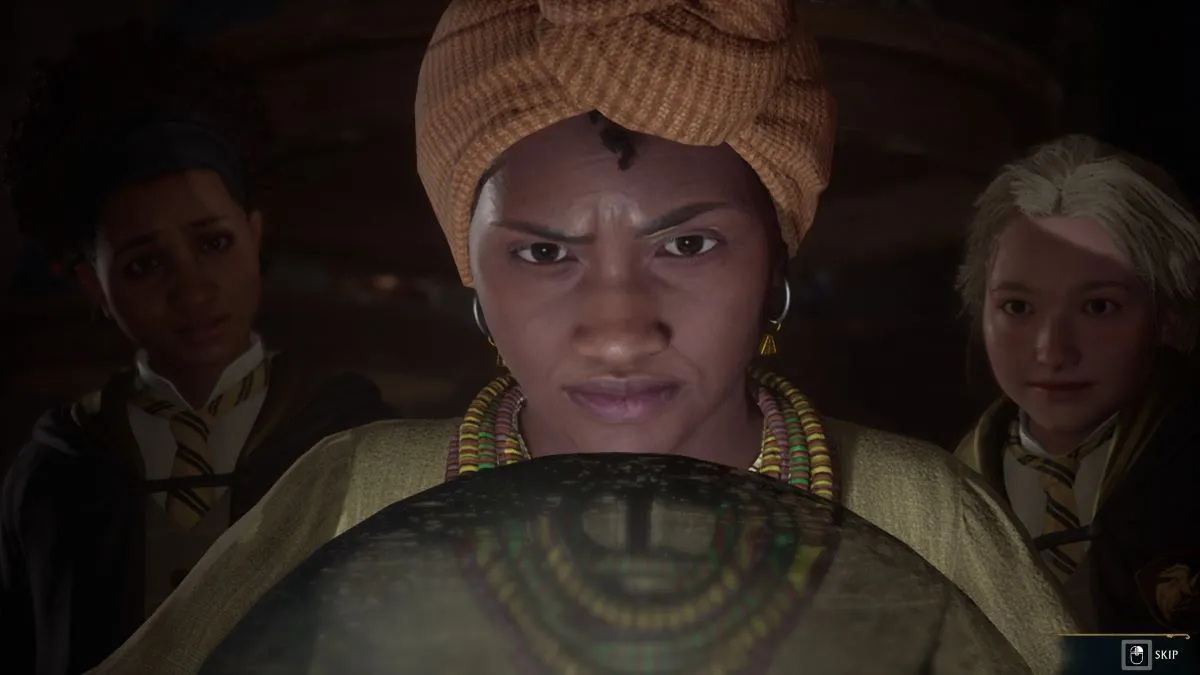
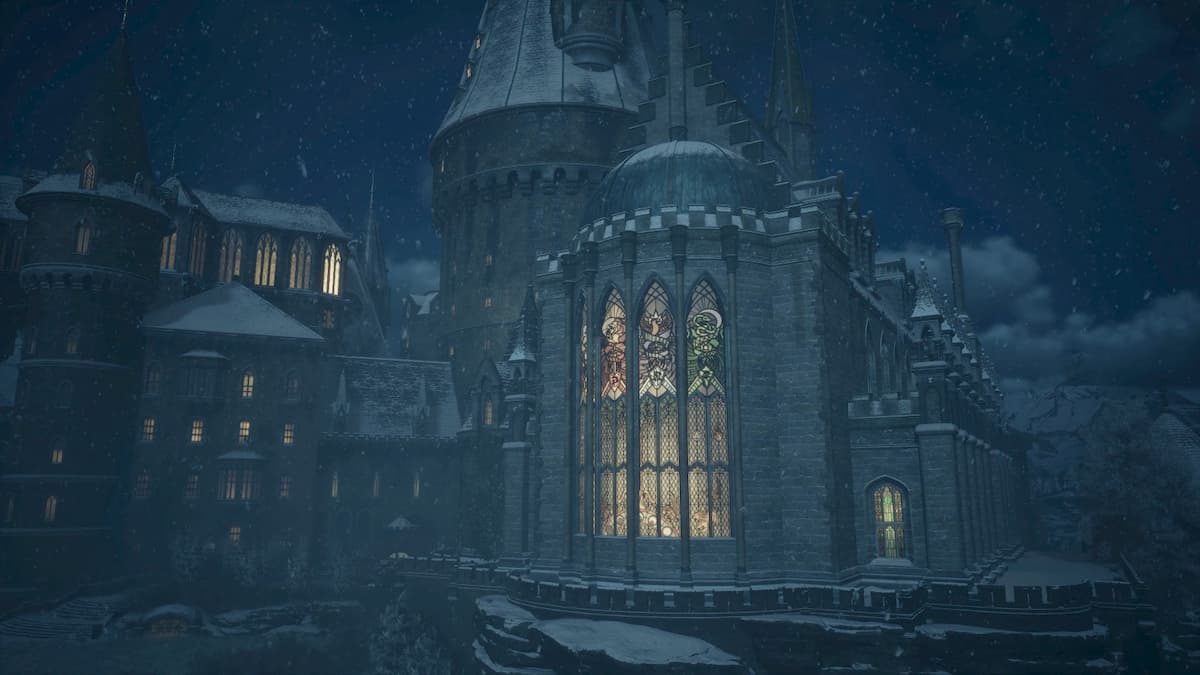
Published: May 2, 2019 04:32 pm